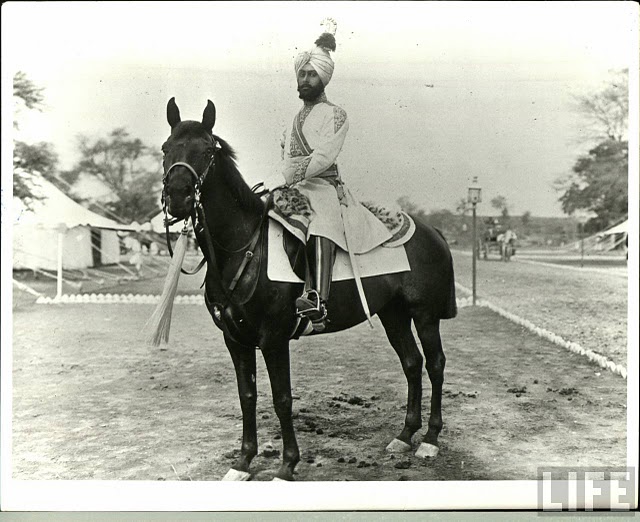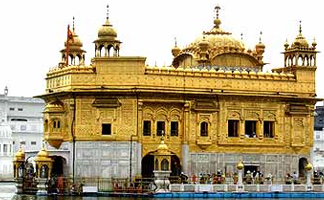Indian Kings Maharajahs and Queens Maharani in 1900s
Mahārāja (also spelled maharajah) is a Sanskrit title for a "great king" or "high king". The female equivalent title Maharani (or Maharanee, Mahārāñī ) denotes either the wife of a Maharaja or, in states where that was customary, a woman ruling in her own right. The widow of a Maharaja is known as a Rajamata.
On the eve of independence in 1947, India (including present day Pakistan & Bangladesh) contained more than 600 princely states, each with its own ruler, often styled Raja or Thakur (if the ruler were Hindu) or Nawab (if he were Muslim), with a host of less current titles as well.
Despite its literal meaning, unlike many other titles meaning Great King, neither Maharaja nor Rajadhiraja ('King of Kings'), nor even its equivalent amongst Maharajas, 'Maharajadhiraja', ever reached the standing required for imperial rank, as each was soon the object of title inflation. Instead, the only Hindu title which is commonly rendered as Emperor is Samraat or Samraj(a), a personal distinction achieved by a few rulers of ancient dynasties such as the Mauryas and Guptas. Another word for emperor is sārvabhaumā.
As many Indonesian states started out when the archipelago was still predominantly Hindu (Bali still is) or Buddhist, some have been ruled by a maharaja, such as Srivijaya, Majapahit and Kutai Karta Negara (until that kingdom converted to Islam in 1565, when the Muslim title of sultan was adopted). Traditional titles remain in use for the other members of this dynasty, such as Pangeran Ratu for the heir.


























+++His+Exal_.jpg)








.jpg)



.jpg)
























































